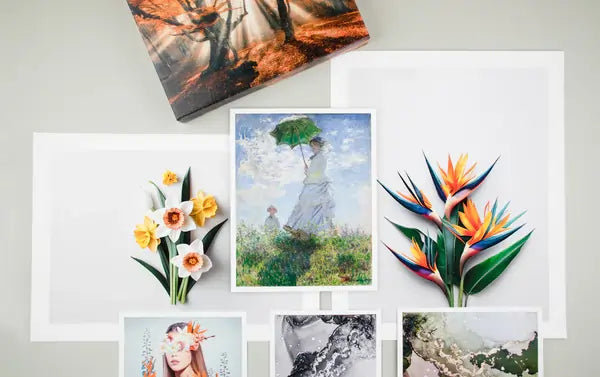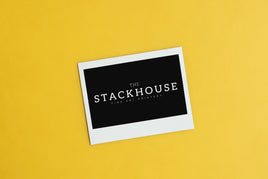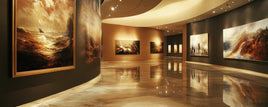TL;DR: Whether you are preserving your originals or expanding your reach, art reproduction allows you to share your work with more people. Learn about five key printing and reproduction techniques every artist should know.
Why Art Reproduction Matters
For artists who want to make their work more accessible, reproducing artwork is an essential next step. It bridges the gap between exclusivity and exposure, allowing you to offer your art in multiple formats, price points, and sizes without parting with your originals. From classic printmaking to advanced digital processes, here are five popular art reproduction methods used by professionals and studios today.
1. Giclée Printing
Giclée printing is one of the most advanced and widely used reproduction methods for artists and photographers. This process uses high-resolution inkjet printers that spray pigment-based inks onto premium substrates such as fine art paper or canvas. The result is an exceptionally accurate print with rich color depth and archival longevity. Giclée printing is ideal for limited editions, gallery sales, or collectors who value museum-quality reproductions.
2. Relief Printing
Relief printing refers to techniques where the artist carves a design into a surface, inks it, and transfers the image onto paper. Two of the most common types are woodcut and linocut. Woodcuts are carved into wooden blocks, while linocuts use softer linoleum for easier shaping. The raised areas hold the ink and create striking, graphic textures once pressed to paper, a favorite among traditional printmakers.
3. Intaglio Printmaking
In intaglio processes such as etching, engraving, mezzotint, and aquatint, artists incise designs into a metal plate using tools or acid. Ink is applied into the recessed lines, and then the plate is wiped and pressed against dampened paper. Intaglio offers incredible precision and tonal range, making it a go-to choice for fine art editions that require detail and depth.
4. Screen Printing
Screen printing pushes ink through a mesh stencil onto a surface using a squeegee. Each color layer requires a separate screen, allowing artists to build multi-layered and highly durable designs. This versatile process is used not only for posters and art prints but also for apparel and product branding. Artists often choose it for bold, graphic reproductions that stand out at any scale.
5. Collagraph Printing
Collagraph printing blends texture and creativity. The artist assembles a collage of different materials, fabric, paper, or found textures, on a plate, coats it with ink, and presses it onto paper. The result is rich and textural, with every impression being slightly unique. While many collagraphs are one-of-a-kind monoprints, some artists use the technique to produce limited editions with tactile detail.
Choosing the Right Technique for Your Work
Each method offers distinct results. Relief and intaglio techniques preserve the handmade essence of printmaking, while giclée and screen printing provide scalability and color accuracy for professional reproduction. Collagraphs, meanwhile, celebrate texture and experimentation. The best choice depends on your artistic goals, budget, and desired finish.
Start Your Art Reproduction Journey
If efficiency and precision are your goals, giclée printing remains the most reliable option for fine art reproductions. At The Stackhouse Printery, we specialize in high-fidelity printing using Epson SureColor printers and archival-grade materials, ensuring your work retains its depth, vibrancy, and detail for decades.
Ready to print your art? Upload your file through our Order Page or request a free media sample set to see how each paper or canvas type complements your art.









